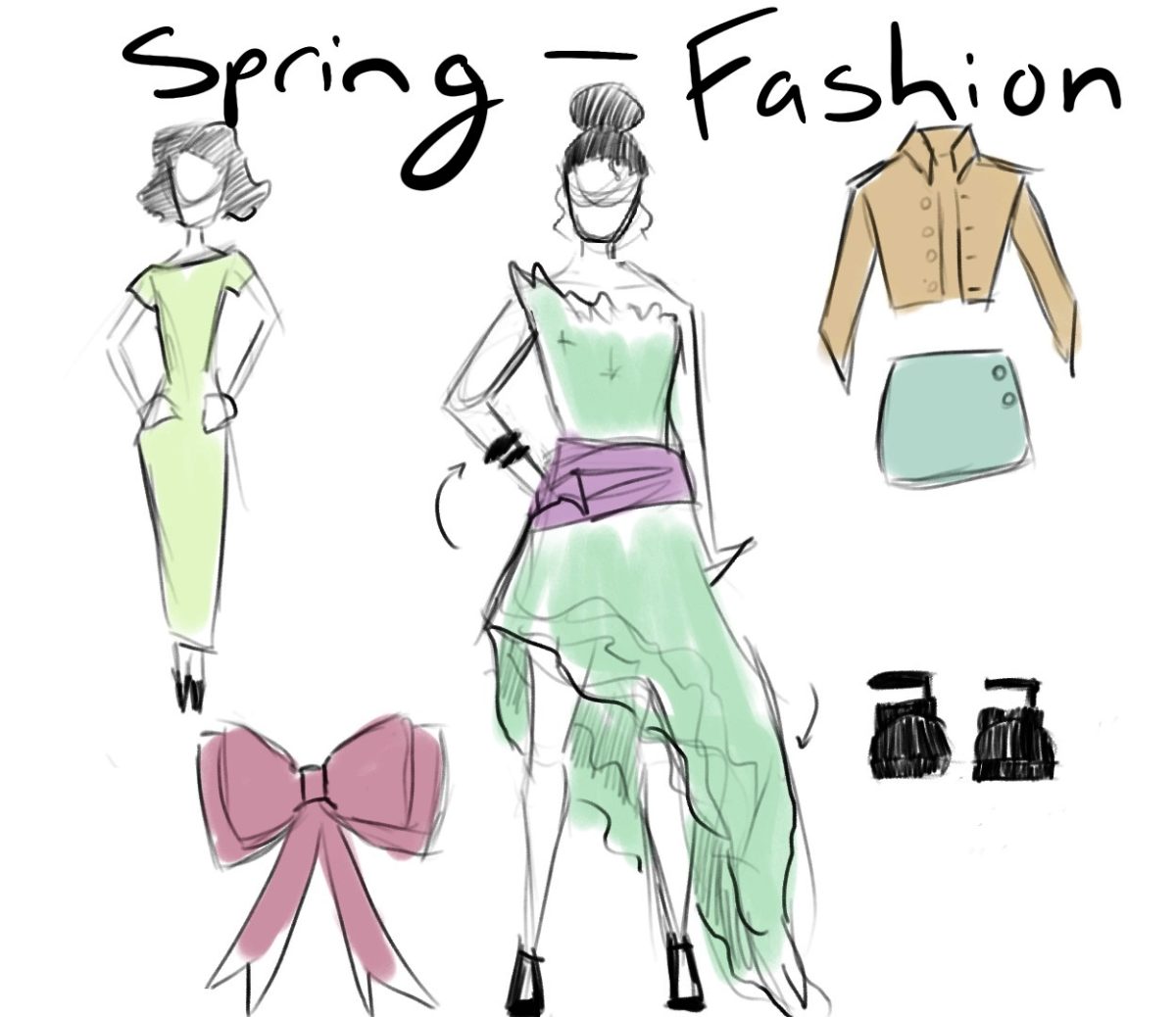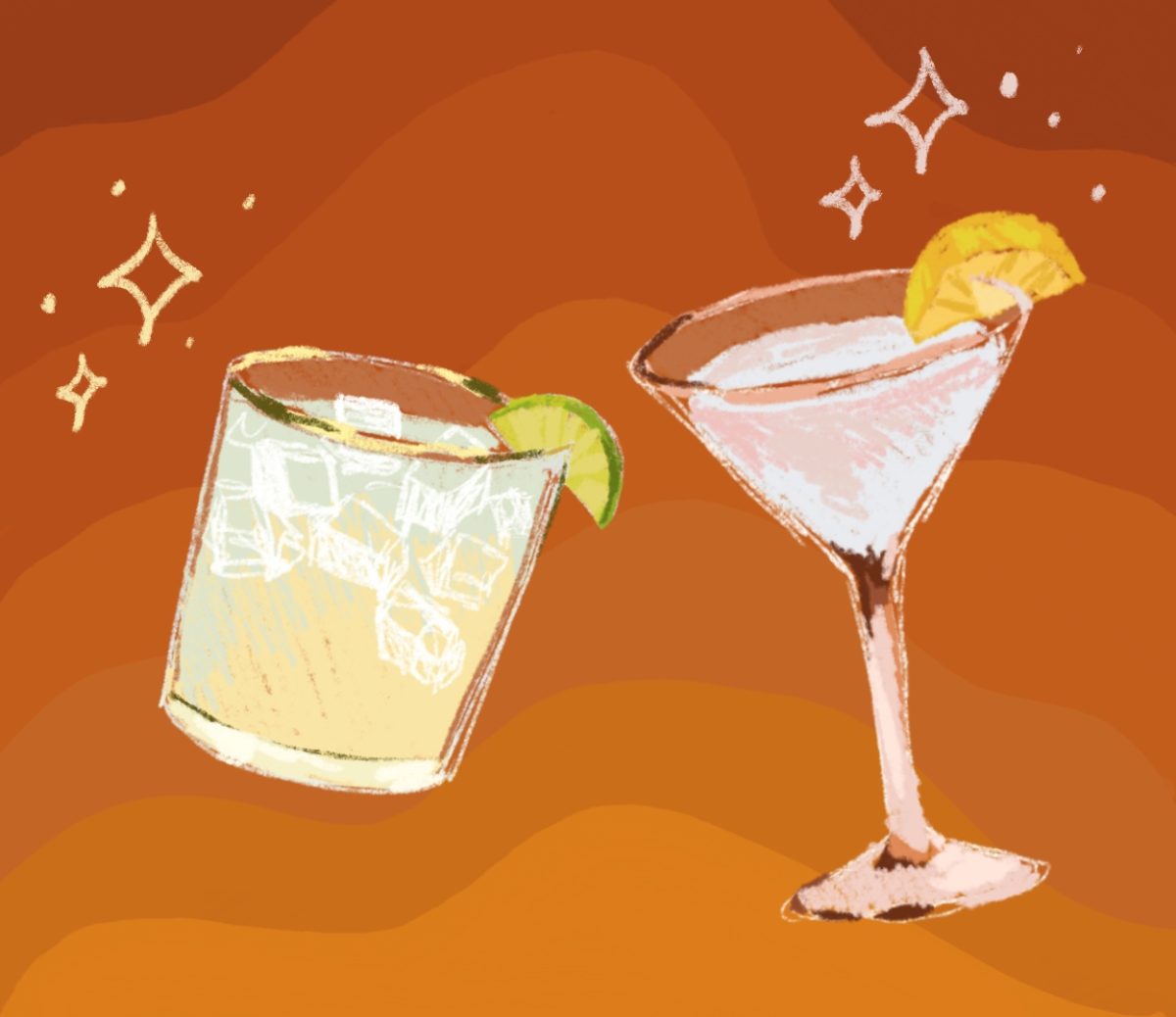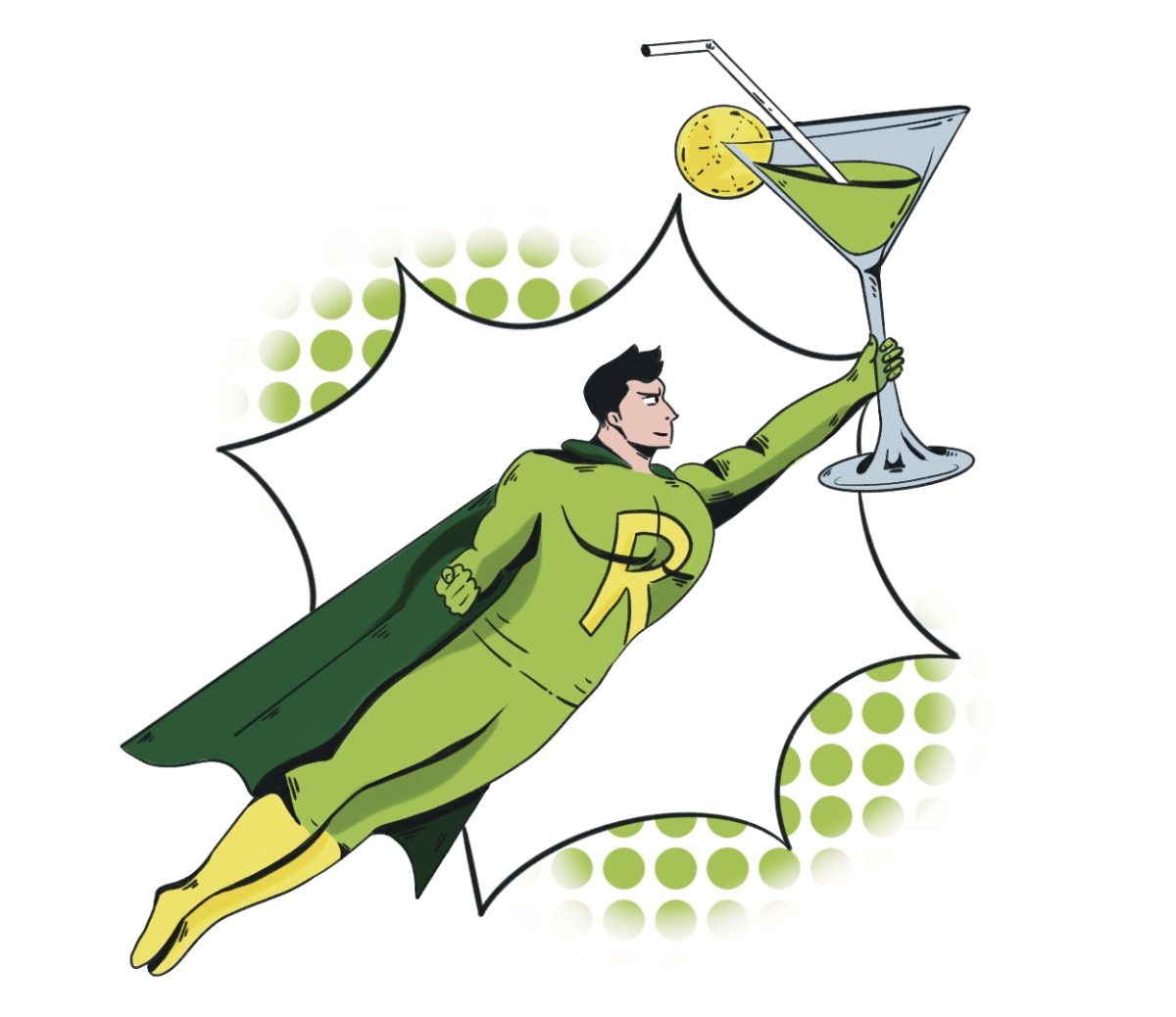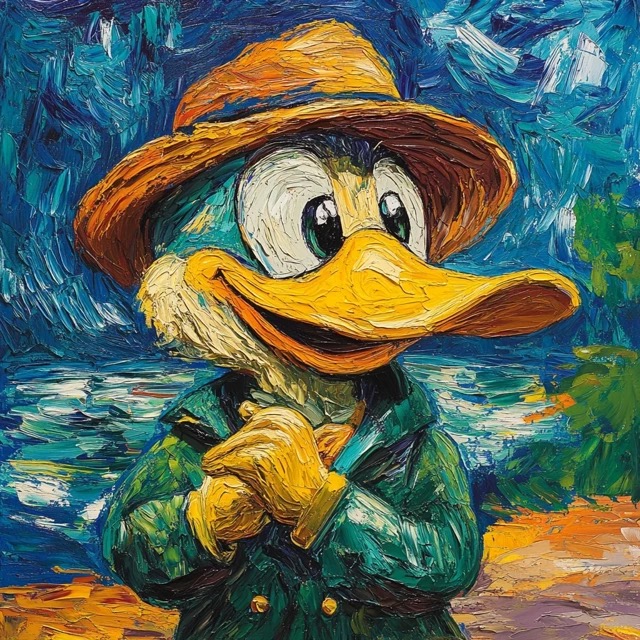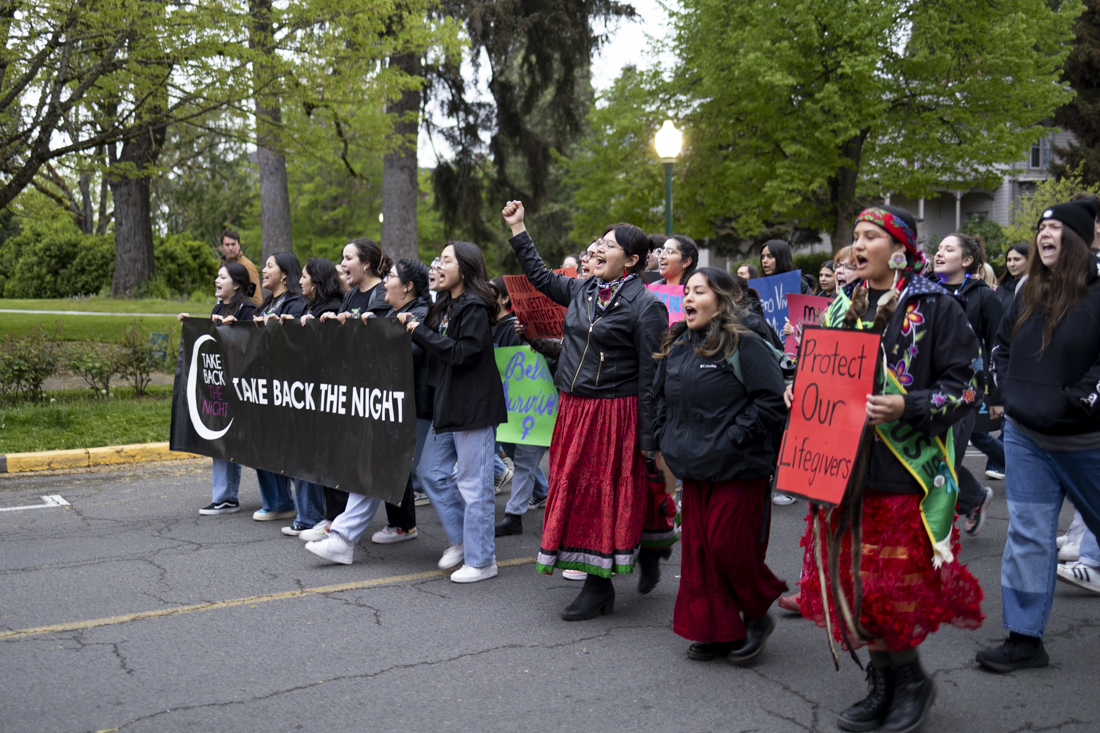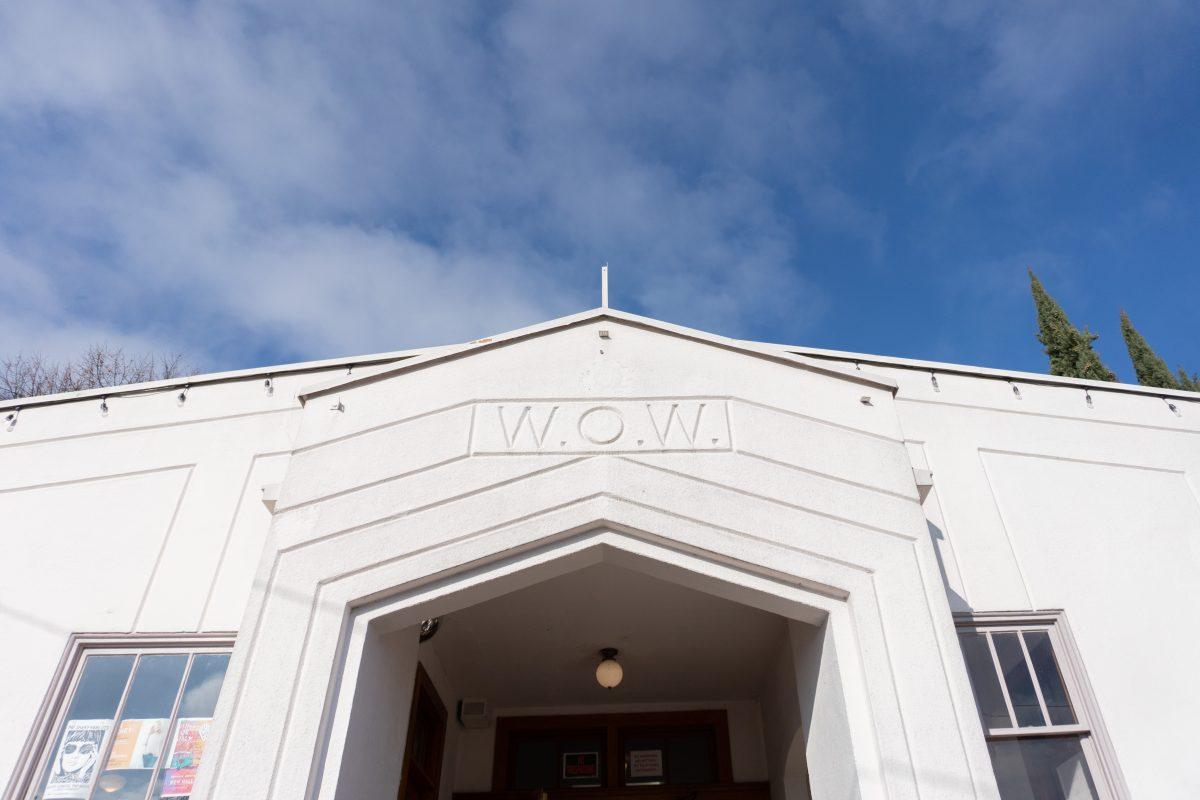Have you ever mused over a painting and wondered about the name of that artist? The simple italic letters give you the title, medium and person’s name of that piece. Can you put a face to the name? Does the name add to the painting? Or does it deconstruct the idea of what’s happening within the canvas? On one hand, a person’s name can say a lot about who they are and where they’re from. It’s attached to tradition and history. On the other hand, it can create an identity that loses your individuality and labels you as such.
As we head into Hispanic Heritage Month (September 15-October 15), there’s an exhibit called Mas Fuertes Juntos (Stronger Together) that encapsulates these ideas of who we are as artists. The small collection is at the Emerald Art Center in Springfield, and the exhibit will be there until the 23rd. It showcases several local artists in the Eugene area — some with history in the Hispanic community and others who grew up in Eugene or along the West Coast.
“I do feel like my artistic ability is gifted to me from a previous time, from somebody else who brought it to me, like my grandparents,” Rogene Manas, one of the artists that contributed to the collection, said.
She currently has two paintings on display of Frida Kahlo, a mixed media work that she put together of the painter; one as a saint and the other piece as Frida herself painting a portrait with a halo over her head. A few years ago, Manas learned that her father’s last name was actually Mañas, a Spaniard that moved to the States in the late 1920s. He dropped the tilde in his last name for fear of deportation and being labeled as an immigrant. However, regardless of where her name came from, she still found a profound way to connect that message, to still be Mañas and Manas, and neither.
“But if I can get out of my own way… then my work becomes so much better, so I keep choosing art styles and art forms that require a lot of patience to be with and let materialize,” Manas said about her work. She mentions that creativity doesn’t come from someone or belong to someone, but goes through someone as they create their art.
Of course, as you continue to jump around with Mas Fuertes Juntos, you’ll notice another piece that draws you in: Jute Handbag. This piece is woven by an artist named Magdalena Portillo. It is framed by an orange skirt that she stitched herself, reflecting something indigenous but uniquely different.
“Conocí a un grupo de chicanos y mexicanos en esa época conocido como MEChA (I met a group of Chicanos and Mexicans at that time known as MEChA),” Portillo said. Portillo, born in Mexico, was still raised in and out of California, trying to make a life for herself. She studied to be an accountant at Los Angeles City College, however, that’s where she found a group of actors and artists Called MEChA (Movmiento Estudiantil Chican/o de Aztlan), that brought out her creative side. The group was a theater at the time that showcased plays and brought people from the Latino community together to express themselves.
“I used to love the theater and I love to perform,” Portillo said. Not only did she contribute to the gallery, but she also volunteers there helping to build a framework of art for the Eugene community. Although her piece may be subtle, it weaves together an individual idea of who we are as a mixed culture. Putting ourselves together not just by name but by being Stronger Together (Más Fuertes Juntos).
Of course, you still have the other frames that can’t go unnoticed, works that include Annalee Fuentes and her oil paintings on linen, which show her depiction of food trucks both when they’re open and closed; the bizarre world and lines of Efrain M. Diaz-Horna, showing a smiling skull and cranium as different and intricate; and other pieces that you can only picture through name and color.
As Latin culture mobilizes the start of fall this month, look out for these exhibits and workshops happening throughout the city. Más Fuertes Juntos is only one spot of many showcasing the essence of Hispanic Heritage month, capturing the faces and names of those who’ve contributed to this community and the culture from which they’ve come.






